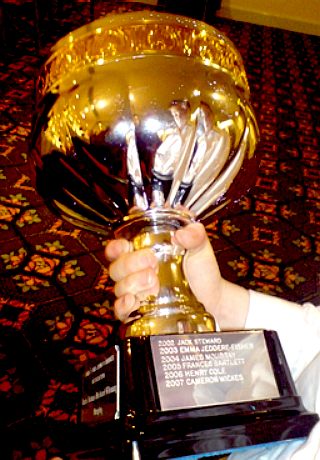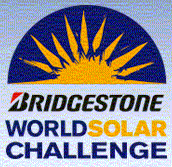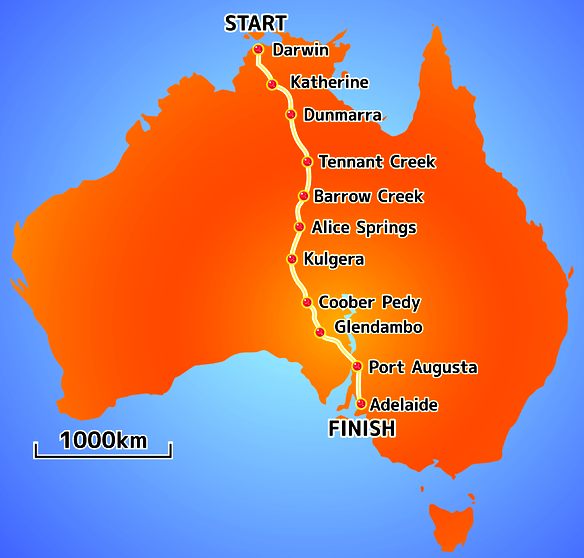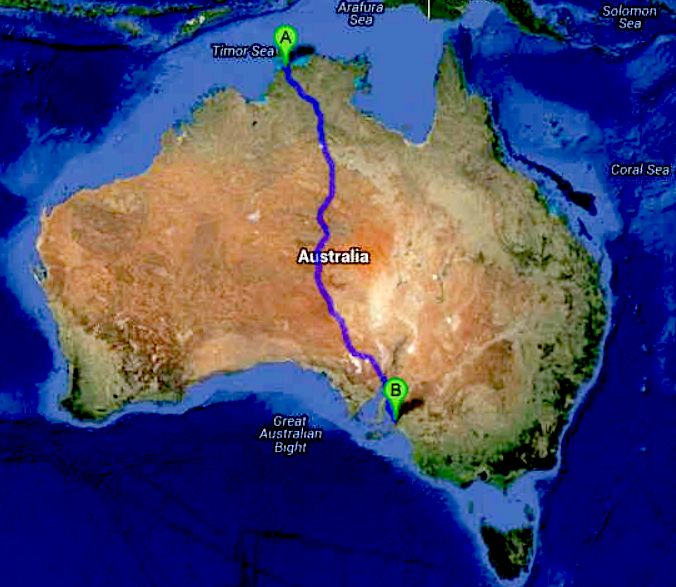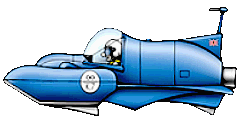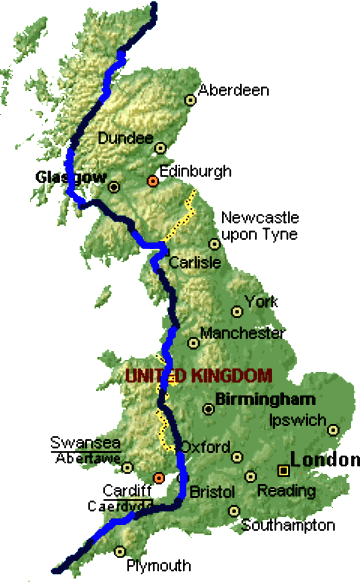|
DARWIN to ADELAIDE - CANNONBALL INT. EV RUN™
|
|||||||||||||||||||||||||||||||||||||||||||||||||||||||||||||||||||||||||||
|
The Cannonball EV Run™ series is for battery or hydrogen fuel cell powered electric vehicles that are based on ordinary production vehicle running gear and must be capable of carrying a passenger. They may be solar assisted, provided that the solar panel area does not exceed four square meters - a rule that may be relaxed as we learn from experience. See the full Cannonball EV rules here.
These rules are designed to promote the development of an international EV infrastructure, as a means of accelerating the transition from IC engines to clean electric motors, especially in countries that do not have abundant sunshine. The Cannonball EV series should not be confused with solar powered events such as the World Solar Challenge (see below), though much can be learned from the history of that event, which has now exceeded the target performance and is more restricted by the national speed limit of 81mph, recently raised from 68 mph in part due to the WSC revelations.
WSC HISTORY
The idea for the WSC originated with Danish-born adventurer Hans Tholstrup. In the 1980s, he became aware of the necessity to explore sustainable energy as a replacement for the limited available fossil fuel. Sponsored by BP, he designed the world's first solar car, called The Quiet Achiever, and traversed the 4,052 km (2,518 mi) between Sydney, New South Wales and Perth, Western Australia in 20 days. After the 4th event, Hans sold the rights to the state of South Australia and leadership of the race was assumed by Chris Selwood.
By 2005 the cars has become so fast that several teams were handicapped by the South Australian speed limit of 110 km/h (68 mph). Support crews had difficulties keeping up with the fastest race vehicles. It was generally agreed that the challenge of building a solar vehicle capable of crossing Australia at vehicular speeds had been met and exceeded.
A new challenge was set: to build a generation of solar car that with little modification, could be the basis for a practical proposition for sustainable transport. This is nearer the formula we are promoting for the Cannonball EV series.
GOOGLE
SUGGESTED ROUTE - National Highway 87
& Stuart Hwy 3,027
km, 35 hours
DARWIN to ADELAIDE - 2017 CANNONBALL RUN MILES
CANNONBALL INTERNATIONAL OFFICIAL ROUTES
LINKS & REFERENCE
http://www.worldsolarchallenge.org/ http://www.discovery-campervans.com.au/adelaidedarwin.php http://www.familyonabike.org/other%20info%20pages/awards.html http://www.endtoenders.co.uk/ https://maps.google.com/ VAUXHALL AMPERA endurance ev attempt 2010_ampera_e-revs http://www3.imperial.ac.uk/ http://www3.imperial.ac.uk/newsandeventspggrp/imperialcollege/newssummary/news_27-5-2010-12-26-15 http://www.formaplex.com/news/formaplex-launches-electric-car-world-record-attempt/ http://www.engadget.com/2010/05/31/racing-green-endurance-srzero-electric-car-to-make-16-000-mile-t/ http://www.rideacrossbritain.com/packages/end-to-end/ http://www.discoveradventure.com/challenges/land-s-end-to-john-o-groats-cycle http://en.wikipedia.org/wiki/Land%27s_End_to_John_o%27_Groats
An event for adventure capitalists
It's about time we had an EV compatible with battery or hydrogen fuel cell technology. The Ecostar DC50 by Bluebird Marine Systems Ltd may well be the vehicle that changes all that from 2015.
|
|||||||||||||||||||||||||||||||||||||||||||||||||||||||||||||||||||||||||||
|
This
website is Copyright © 2014 Bluebird Marine Systems Limited.
The names Bluebird,
Cannonball EV Runs™, EcoStar DC50™,
EuroStation™ and the blue
bird in
flight
|
